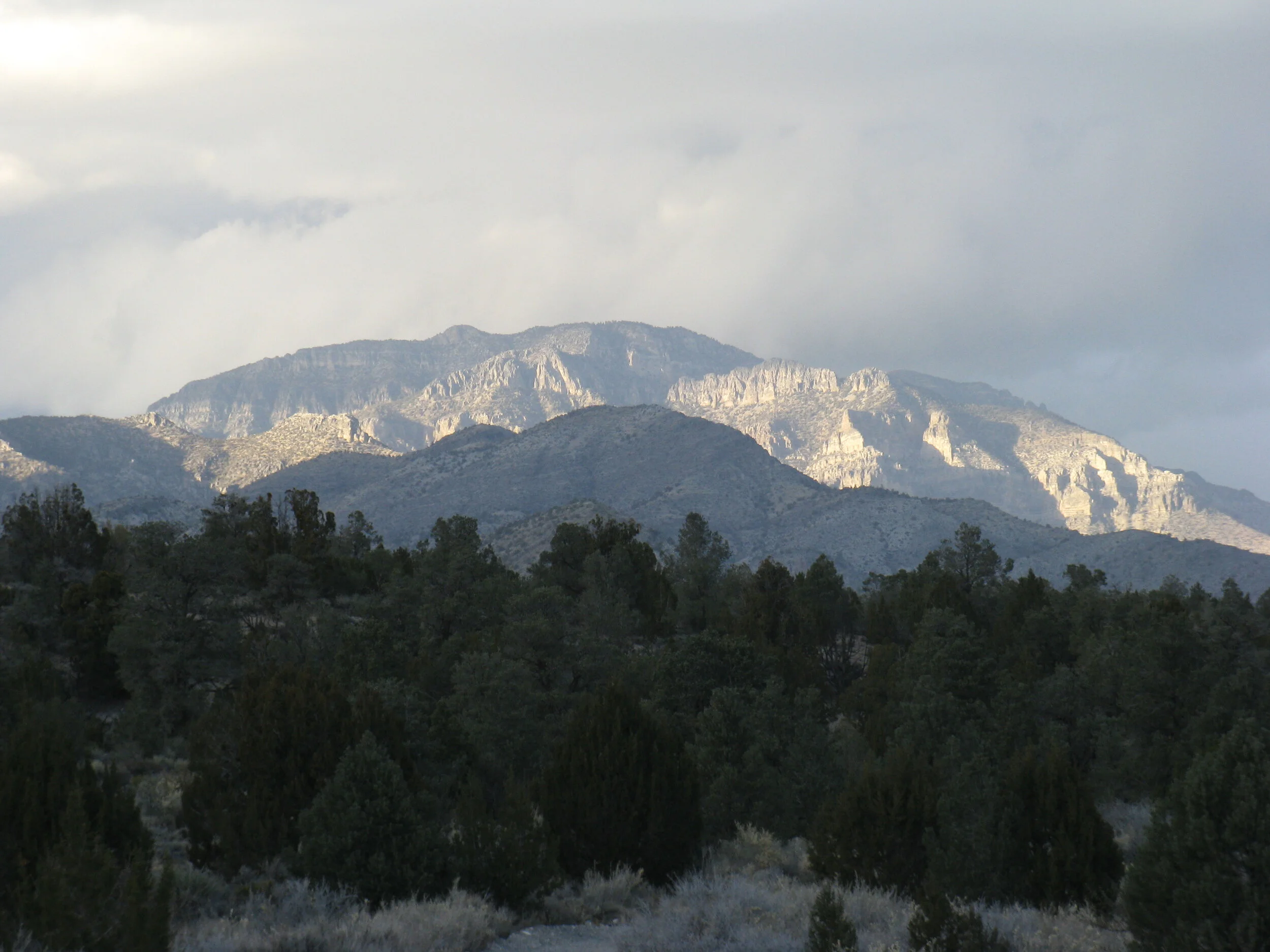The Biden Administration announced the suspension of oil drilling leases in the Arctic National Wildlife Refuge. The Trump Administration finalized these leases on January 19, 2021, the day before inauguration. The National Wildlife Refuge Association is thrilled with this decision: the Arctic Refuge is one of the largest tracts of untouched wilderness and most ecologically diverse areas in the United States and should not be destroyed in exchange for the pittance received from the January lease sale.
Proposed Baltimore-D.C. maglev bad for region’s natural resources
The proposed Super-Conducting Magnetic Levitation railway is a very bad idea for all of our natural resources. Instead of handing over the last remaining federally conserved land between Washington, D.C., and Baltimore to a private corporation, we should be focusing on restoring and building on our natural areas, which provide wildlife habitat, clean water and lands for hiking, hunting and wildlife watching.
Protections for Ruby Lake National Wildlife Refuge Included in Introduced Bill
Located in the northeast corner of Nevada, Ruby Lake NWR is an expansive marsh nestled in the High Desert, at the southern end of the Ruby Mountains. Today, Senator Catherine Cortez Masto introduced a bill that would protect the Ruby Mountains and Ruby Lake NWR from future oil and gas development. We applaud the Senator for her forethought and for the inclusion of the Ruby Lake NWR in this package.
Bill Introduced Would Designate 1.3 million Acres of Wilderness in the Desert National Wildlife Refuge
Senator Catherine Cortez Masto (D-NV) introduced a bill that would designate 1.3 million acres of wilderness in the Desert National Wildlife Refuge. Located just outside the city limits of Las Vegas, the Desert NWR protects 1.6 million acres of the largest contiguous Desert bighorn sheep habitat in the Lower 48. This refuge is also home to the threatened Desert tortoise.
Four Conservation Groups Sue Federal Agencies for Approving Huge High-Voltage Transmission Line to Cut Through the Protected Upper Mississippi River National Wildlife and Fish Refuge
Today, four conservation groups – the National Wildlife Refuge Association, Driftless Area Land Conservancy, Wisconsin Wildlife Federation and Defenders of Wildlife – filed a lawsuit in the U.S. District Court for the Western District of Wisconsin against the Rural Utilities Service for violating the National Environmental Protection Act (NEPA) by failing to sufficiently consider reasonable alternatives, and the U.S. Fish and Wildlife Service for violating the National Wildlife Refuge System Improvement Act in approving the unneeded huge Cardinal-Hickory Creek high-voltage transmission line and 20-story high towers that will cut a wide swath through the protected Upper Mississippi River National Wildlife and Fish Refuge, and the scenic Driftless Area’s vital natural resources.
Congress Finalizes Bill to Protect the Desert National Wildlife Refuge
This week, the U.S. House of Representatives and U.S. Senate voted in veto-proof numbers to pass the National Defense Authorization Act (NDAA), which protects the Desert National Wildlife Refuge in southern Nevada for the next 25 years. This bill is the result of several months of negotiations between the two chambers of Congress in conference, and keeps the previous military boundaries within the Desert NWR intact.
Bureau of Land Management rams through oil and gas leasing sales in the Arctic Refuge
Today, the Bureau of Land Management stated that they are going to hold a lease sale for oil and gas development in the Arctic National Wildlife Refuge on January 6, 2021. Ever since the creation of the Arctic Refuge 60 years ago, oil and gas companies have been lobbying for access to this protected land. This step to hold a lease sale is the formal opening of the Arctic Refuge for development for the first time in history.
Feds Fail to Protect Okefenokee National Wildlife Refuge, Now It's Up to You!
Recent changes to the Clean Water Act regulations have resulted in a legal redefinition of wetlands that are under the jurisdiction of the United States. The new definition does not include seasonal wetland habitats which are the bulk of the wetland habitat in the proposed mining area. This now means that Twin Pines Minerals LLC no longer needs to obtain a Clean Water Act, Section 404 permit from the federal government and no further environmental analysis of the proposed mine will be required by the U.S. Army Corps of Engineers.
Trump Administration Trying to Sell Leases in Arctic Refuge Before Presidential Transition
The lame-duck Trump Administration is expected to issue a “request for nominations” to purchase leases in the Arctic National Wildlife Refuge as soon as Monday. Even with oil prices at record lows and with the results of the recent Presidential election clear, this Administration is charging forward with plans to fast-track oil and gas development before they leave office in 68 days.
Kenai: A wildlife refuge in name only?
Originally published in The Hill Opinion on August 4th, 2020
Alaska’s Kenai National Wildlife Refuge has weathered many storms in the last 80 years. Its 2 million acres of forests and wetlands southeast of Anchorage are regularly wracked by natural cataclysms such as fires that can dwarf Lower 48 events. Our organizations have fought for years to protect this amazing refuge and its wildlife populations, but now a human-made disaster is in the works.









